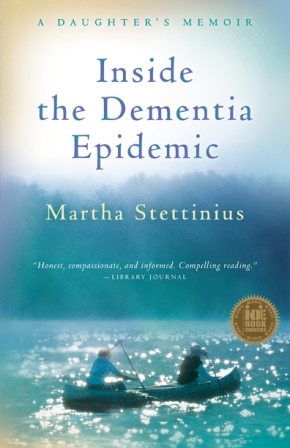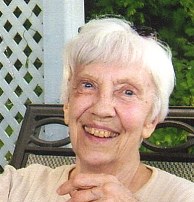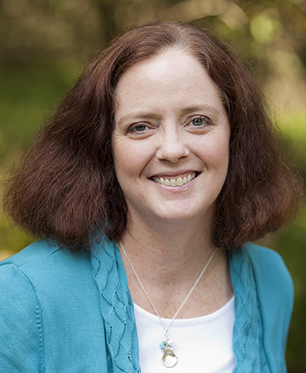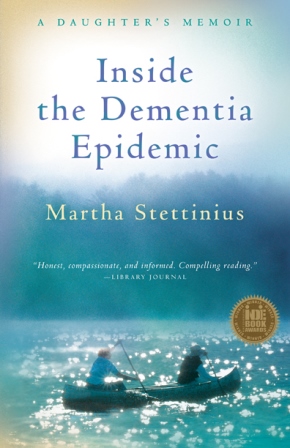Palliative versus Hospice Care
 Friday, February 16, 2018 at 03:54PM
Friday, February 16, 2018 at 03:54PM 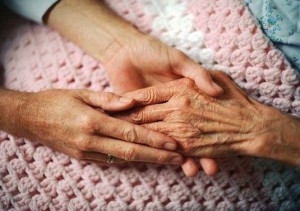 If you feel confused about the difference between palliative care and hospice care, as I did when I cared for my mother, check out my article below that summarizes a presentation yesterday by Dr. Gary Pasternak, a palliative-care physician in California who also helps patients who request physician-assisted death. Dr. Pasternak was the guest speaker on a conference call hosted by the National Association of Healthcare Advocacy Consultants.
If you feel confused about the difference between palliative care and hospice care, as I did when I cared for my mother, check out my article below that summarizes a presentation yesterday by Dr. Gary Pasternak, a palliative-care physician in California who also helps patients who request physician-assisted death. Dr. Pasternak was the guest speaker on a conference call hosted by the National Association of Healthcare Advocacy Consultants.
A Week in the Life of a Palliative Care Doctor: What We Really Do
- What’s the difference between palliative and hospice care?
- Physician-assisted death: How is his hospice embracing the 2016 CA “End of Life Option Act”?
Speaker: Gary Pasternak, MD, MPH
Dr. Pasternak is the medical director at Mission Hospice and Home Care and co-director of the Mission House, a large nonprofit residential hospice home in San Mateo, CA.
What is palliative care?
Palliative care means different things to different people and is practiced differently in different places. In general, it’s an approach that improves the quality of life of patients facing serious illness, and of their families; it addresses pain and discomfort due to physical, emotional, social, and spiritual causes. Palliative care can be offered at any point in the illness or condition and is not only for the end of life. (Unfortunately, it is often associated with DNRs.) It can be used in conjunction with care intended to cure the patient, and it does not hasten death. Palliative care can start way upstream with “life planning” to plan the person’s goals of care if they are in particular situations.
Ways we describe palliative care
--It attends to the whole person, to whatever sources of suffering are happening, including patient and family caregivers
--Teams include different disciplines. One of the best features of palliative care is its team approach: social workers, nurses, doctors, spiritual counselors, volunteers, etc.
--Hospital consults are often for symptom management or to help establish goals of care (wishes, hopes and dreams of patient and family)
--The quality of teams depends on the resources given the team by the institution.
--In outpatient care, in CA there are outpatient palliative care clinics, with patients referred by specialists. Cancer patients, for example, need support, durable POA, and advice re: counseling, child care, home care.
--In chronic illness, the “sleeping dragon” is the demographic of millions of older people who will need ADL support for chronic illness, and we have very few resources. Older people with dementia or ALS, for example, need symptom management as well as planning for the future.
--In outpatient, the primary focus is listening and conversation, eliciting values and goals, understanding the narratives of the patients’ lives and how difficulties present themselves. It’s heavy on family systems, facilitating family meetings in the home and the hospital.
Many specialists and health care professionals misunderstand palliative care and think it is only for the last few weeks of life. For example, he sees bone marrow specialists who just won’t refer until way too late. Doctors often don’t understand the non-medical aspects of suffering. Dying is not primarily a medical issue—it’s a life cycle situation.
But it’s getting better now that palliative care is a recognized field; it’s taken off in the last 5 to 10 years. Now there are thousands of board-certified palliative-care doctors.
What he does as a palliative care doctor
In his inpatient hospice facility, he spends 90% of his time with patients and families, but many palliative-care doctors in hospice focus primarily on administrative tasks. A home visit typically takes him 1 to 2 hours, with no pressure to make it shorter. Their model is continuity of care, to make transitions as smooth as possible, with as much continuity of staff as possible. He is very involved with the “End of Life Option Act” in CA for physician-assisted death (see more below).
How is hospice different from palliative care?
Hospice is a subset of palliative care. Unlike the broader definition of palliative care, which offers relief from pain and distress even when care is focused on a cure, hospice care focuses on the final hours, days and weeks of life for patients with less than 6 months to live. The average stay in hospice is 3 weeks, which is not nearly long enough to be of maximum help.
Patients think that hospice is “where you go to die,” but hospice is a philosophy and structure of care, mostly driven by Medicare rules passed in 1983. A lot of what we do is to try to explain prognosis. Most hospice is provided at home, but hospice is also available in hospitals and in all kinds of long-term care facilities.
Four levels of hospice support:
1. Routine (in home), with a hospice team. Only a few hours a day, and sometimes not every day. (Some hospices have deep pockets and provide a health aide at home every day, while others cannot.)
2. Continuous care: More hours in the home but not 24 hours a day; usually 8 hours of care (more if that particular hospice has the funds)
3. GIP (general in-patient): Patient is hospitalized with hospice care, if they need hospital care
4. Respite care (patient stays in a skilled nursing facility for up to 5 days to give the family a rest)
Compare your local hospices!
It’s good to know how your local hospices are different from one another. For example, will this hospice provide such and such a medication, or do they have volunteers in the home? Sometimes you can match a patient with the most appropriate hospice. For example, most hospices do not have a doctor visiting patients, but some do.
Hospice support for family members
I asked him how his hospice supports family caregivers at the death bed so they do not feel alone with the death process and, well, traumatized. I told him about how I felt alone with my mother when she declined suddenly over 3 days in her nursing home, how it was just me and my husband and a few friends visiting us while the nursing home staff was busy with other things, and how it was the weekend so we only had 1 day of hospice support. It was terrifying because I did not know what was normal in the dying process and what was not; we often feared, for example, that Mom needed more morphine, so we had to go hunt down the nursing staff.
Dr. Pasternak replied with compassion, stating that in his agency, his nurses try to be there during the active dying phase, to hold hands and explain what was going on. He said, “Lots of abandonment can happen in health care, and if family members feel abandoned, then it’s my belief that hospice has failed”.
He suggests that if your loved one lives in a facility, ask ahead of time what support will be available when they are dying. Also ask hospice for continuous care.
(Read more about my experience with hospice and nursing home care with my mother's death)
Physician aid in dying
Dr. Pasternak is one of 2 doctors in his hospice program that supports the 2016 CA “End of Life Option Act” if patients request that assistance. He says that their training in palliative care at first made many doctors feel like aid in dying is a “failure” of sorts. But his patients have persuaded him about the principle of autonomy, that they deserve to control the circumstances of their own death. He insists on being in the home if medication is taken to hasten death, and he insists on hospice being there. The law requires that patient has to self-ingest. He says that these deaths are almost always incredibly peaceful.
The end of life medication is usually a sleeping pill (Seconal) and can be obtained in about 2 weeks. There has to be a second physician to give a second exam for the drug to be approved, but the process is not onerous. Kaiser has the pharmacist come to the home and educate the family.
Now the price of Seconal is $4,000, jacked up by the drug company after CA passed its law. He notes significant social justice issues around the ability to afford these medications.
Questions from the listeners:
From a former hospital chief financial officer: How do we advocate for clients when doctors or facilities suggest that a patient take the medication to save the facility money (because they will die in 2 weeks rather than drive up costs for several more months of life)? I have seen great pressure to decrease the cost of care.
His response: You can look at this from both sides of the argument. He has never seen this happen, and data does not back the worry that it would happen frequently. His policy is that he never says to a patient, “Have you considered the end-of-life act option?” He only mentions the assisted-death option if a patient asks him about it, so in that way his conscience is clear. He is concerned, however, about the social-justice issue that less educated patients don’t even know that physician assisted-death is an option. He thinks that the larger issue is lack of options for healthcare in general--for example, the complete inadequacy of funding for elder care in their last years of life.
What is “palliative sedation”? His response: Palliative sedation provides medication to treat intractable symptoms, without the intent for the person to die; it’s just to deal with pain that cannot be managed without sedation.





